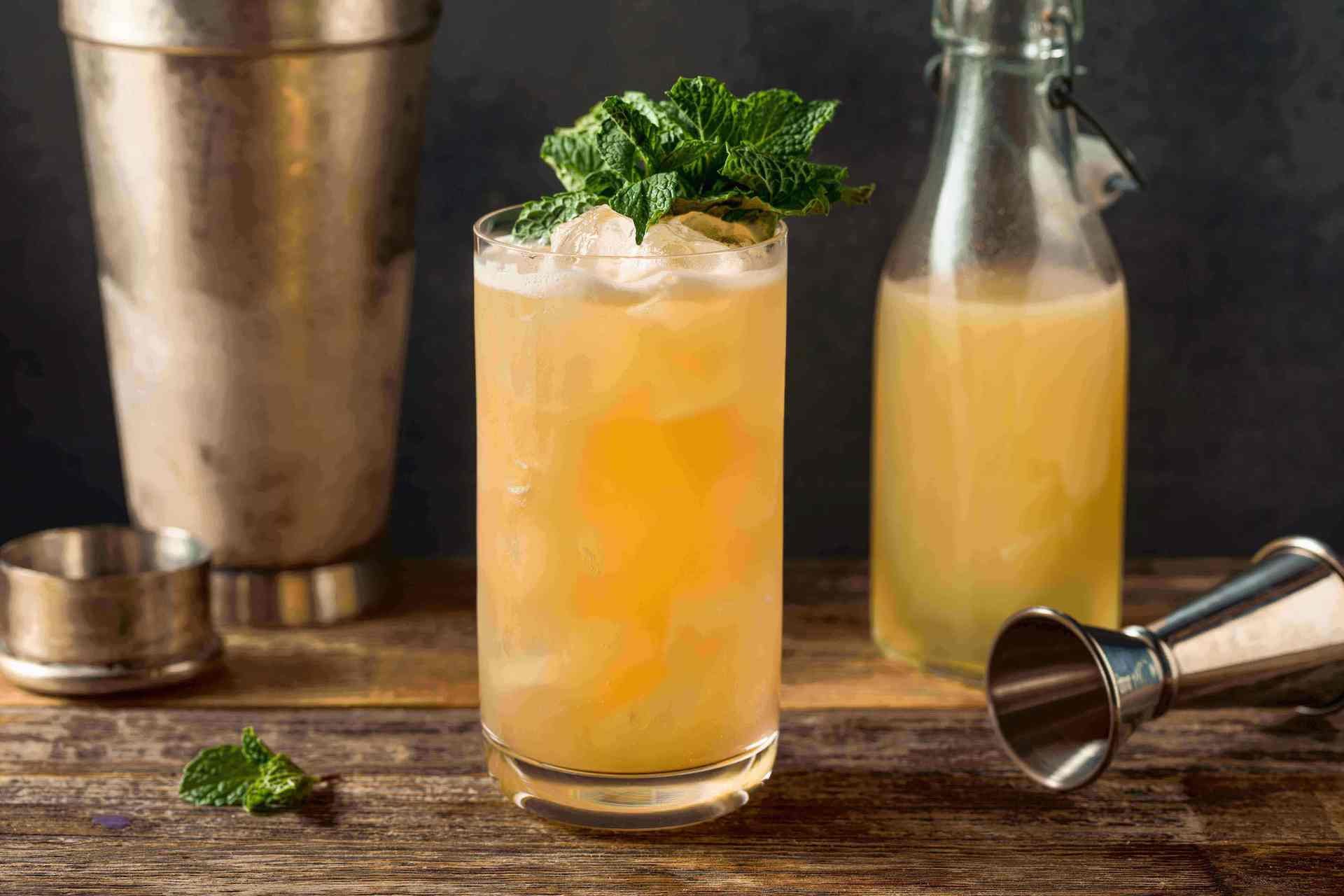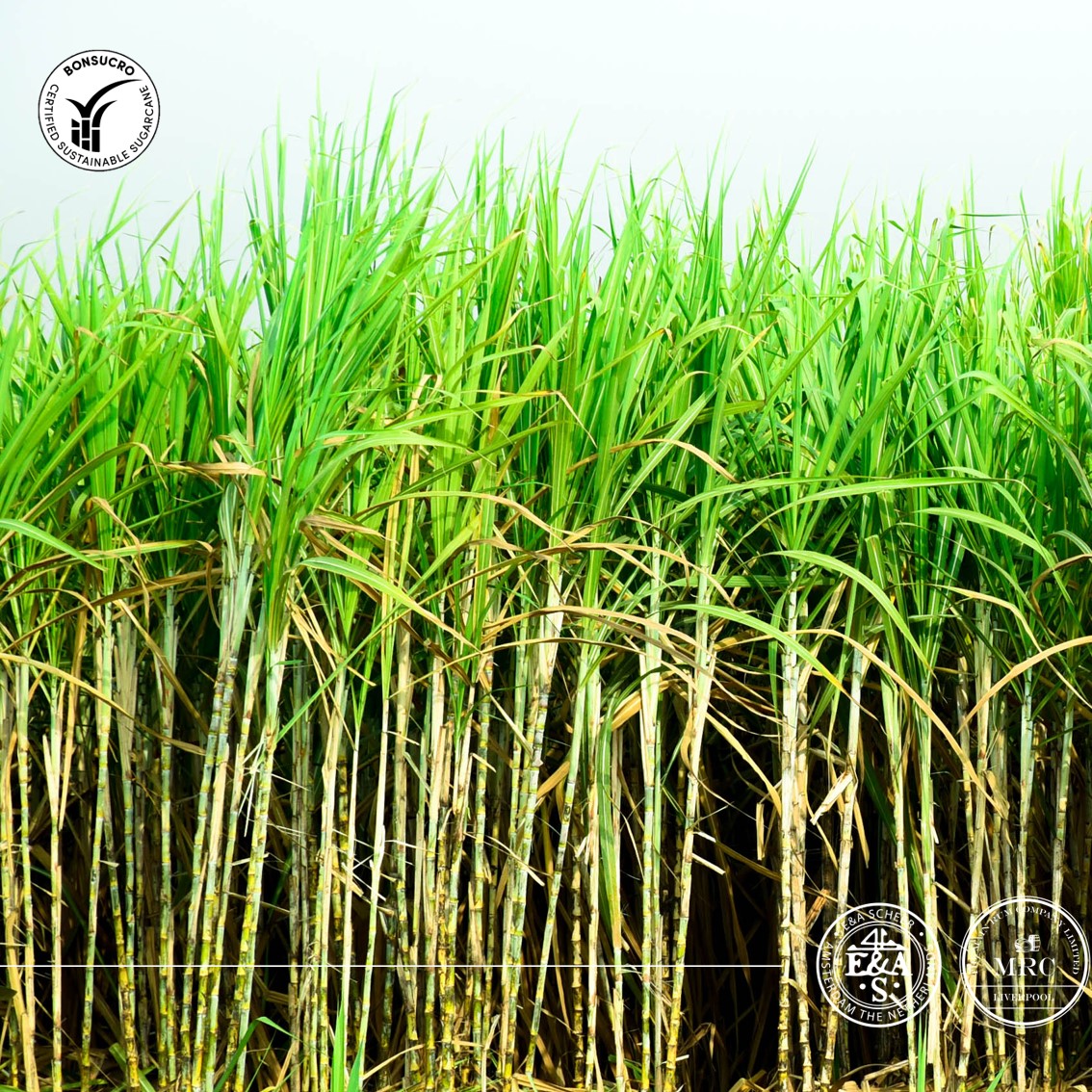Rum Ingredients

Rum
In this article, we aim to provide brief insights into the ingredients that make up the Rum drink. Creating Rum is a delicate process involving several components, each can be adjusted to produce different results.
Note: The information below aims to provide a general overview of the common ingredients utilized in Rum production. It is important to acknowledge that specific ingredients and production methods can vary widely among producers.
The history of Rum
Rum has its roots in the 17th century in the many sugarcane fields across the Caribbean. It was allegedly first introduced to the region by Columbus in 1493 from Papua New Guinea, though sugarcane’s origin is still a topic of discussion. Initially, sugarcane was used primarily in sugar production.
Dwellers of the region quickly discovered that molasses, a byproduct of cane sugar production, could be fermented and distilled into a potent alcoholic beverage. Hence, it’s likely that many factories employed a copper pot, which was used to distill Rum from the fermented skimming and molasses. As Rum evolved, column stills were introduced. In modern times, both are the most common types of stills used in making Rum.
Compared to whiskey and beer, Rum had less popularity at its conception. Nowadays, it’s a premium drink enjoyed by many worldwide.
What are some ingredients to create Rum?
Rum is a versatile beverage produced all over the world, often around the equator and regions where sugarcane is harvested. Each region has its own Rum-making traditions, resulting in many unique styles. There are a few key ingredients to create Rum.
Sugarcane derivatives
Rum is a sugarcane-based alcohol. Typically, molasses (a byproduct of the sugar refining process), sugarcane juice, or sugarcane syrup are the basic components to create Rum.
Yeast
Yeast facilitates the fermentation process, from which the sugarcane derivatives turn into alcohol. Yeast is a microorganism that feeds on the sugars present in the juice, converting them into alcohol, heat, and carbon dioxide through a process called alcoholic fermentation.
Water
Water is present in all steps of Rum production, especially during fermentation and distillation. Distilled water is usually used to not affect the taste of the Rum.
How is Rum made?
Rum-making takes place in stages.
Extraction of sugarcane juice, sugarcane syrup or molasses

Fresh sugarcane
As mentioned above, sugarcane juice, sugarcane syrup, and molasses are bases that can be used to create Rum. Sugarcane juice is made by pressing the sugarcane stalks to extract the liquid content. Molasses and syrup, on the other hand, are created during the sugar production process.
Sugarcane syrup is created early on in sugar production. After the initial cane juice is boiled to vaporise water, a high-sugar liquid remains. This is the sugarcane syrup widely used to make Rum.
Molasses are the residual liquid after sugar extraction from the syrup. After the water has evaporated, sugar crystals are added to the cane syrup to aid the crystallisation process for the remaining sugar. This combination is then heated and spun in a centrifuge to separate the sugar from the remaining content.
When this process is done, cane sugar can be sold or used for further production, while the remaining thick, dark liquid is the molasses.
Fermentation
Rum fermentation converts cane juice, molasses, or cane syrup into alcohol and flavour compounds. Yeast and water are added to these bases to begin fermentation.
The resulting liquid, known as wash, combines water, ethanol/alcohol, and various organic compounds known as congeners. Congeners carry a lot of flavours, which can be kept or discarded to achieve a desired profile. Overall, this wash is the basis on which Rum is later distilled.
Distillation
Distillation is a crucial step in Rum making. Using the flavours created during fermentation, distillation carefully separates and concentrates the desired elements - the ethanol and flavour congeners - while eliminating unpleasant or harmful congeners such as acetaldehyde and methanol.

Column still
Heads, hearts, and tails
Distillers categorise the alcohol collected into ‘cuts’ - different parts of the distillates collected during the distillation run. These cuts are called ‘heads’, ‘hearts’, and ‘tails’.
Heads are the first condensed vapour from the still, which can contain unwanted or harmful elements. Hearts are the middle part of the distillate and are considered the most desirable cut because they contain the most ethanol and desirable flavour congeners. Tails are the final portion of the distillate to come off the still. Normally, they contain the least alcohol and a high percentage of fusel oil.
Distillers often collect the hearts directly, while the heads and tails can be discarded or recycled to produce more Rum in the future.
Depending on the desired taste and alcohol level, distilled Rum at this stage can be used for consumption or go through dilution. Additionally, some Rums might undergo further refinement and development, allowing for the addition, subtraction, or enhancement of specific flavours.
Ageing

Rum barrels stacked at the E&A Scheer warehouse
After distillation, Rum typically undergoes ageing in oak casks. However, this is not always necessary, as in the case of unaged white Rum.
Different casks tend to be used to build layers of complexity and differing flavour profiles. Most rums (if aged) are aged in Ex-Bourbon casks, American standard barrels that hold up to 200Lt bulk capacity and made from American oak. Another popular wood that can be used is French Oak. This is closely followed by secondary ageing, also called double maturation, of distillates from pre-aged barrels from the spirits industry, such as Ex-Sherry, Ex-Cognac, Ex-Malt Whisky and Ex-Madeira barrels.
Casks are often charred or toasted beforehand, which helps with the structural integrity of the casks. However, charring can also enhance the flavour and colour of the Rum they hold. In addition, charred casks can also act as a form of carbon filter to remove notes that could be found in some distillation processes. In some cases, charring also helps with the structural integrity of the casks, which helps sterilise them and prevent contamination or leakage.
Ageing typically takes place from a few years to decades. Over time, the wood undergoes a subtle transformation and complex interaction with the liquid, infusing it with other characteristics. Particularly, the oak cask imparts a singular and remarkably distinct character to the spirit.
Blending
Some Rums may undergo additional processing before bottling. These last steps are collectively referred to as blending. At E&A Scheer, we source all Rum types from all over the world, from which our Master Blenders carefully select and combine to create a custom-made blend unique to each customer.
Learn how Rum is made in our dedicated explanation blog.
Types of Rum
Generally, there are three broad types of Rum:
-
Light Rum
-
Heavy Rum
-
Aged Rum
A Rum is ‘heavy’ or ‘light’ depending on how many ‘congeners’ - esters, aldehydes, and lower alcohols, - there are. The concentration of these congeners can vary based on the duration of fermentation and the degree of purity during Rum distillation. For example, fewer congeners can lead to a lighter Rum, while more congeners may result in a heavier profile.
In heavy Rum, esters are one of the congeners that can contribute to the diverse flavour and aroma profile. Esters tend to impart a fruity and floral essence to Rum. High-ester Rum may have fruity, spicy, earthy or other unique characteristics.
Read about different types of Rum
Create your bespoke Rum blend
Do you want to start or expand a Rum business with a tailor-made Rum blend? Are you looking for bulk Rum that’s consistent in quality, stable in supply, with short lead times? We can help you.
E&A Scheer specialises in creating bespoke Rum blends for business clients. We provide a continuous supply of bulk Rum with consistent and reproducible quality. Together with our sister company, The Main Rum Company, we can help you find rare and aged Rum in casks.
If you’d like to learn more about E&A Scheer and how we can help you propel your Rum business, please get in touch using our contact form or by using our Blending or Cask Selection Tool.
Create your bespoke Rum blend today
Frequently asked questions about Rum ingredients
What are the three base ingredients in Rum production?
Typically, the three base ingredients in Rum production are:
-
Sugarcane derivatives, such as sugarcane juice, syrup, and molasses
-
Yeast, for the fermentation process
-
Water, a conducive ingredient in all stages of the Rum production process
Does Rum have gluten?
Rum does not contain gluten because it’s made from sugarcane derivatives, which don’t contain any gluten. This is different from other grain-based alcoholic beverages such as beer, some whiskeys and bourbons.







